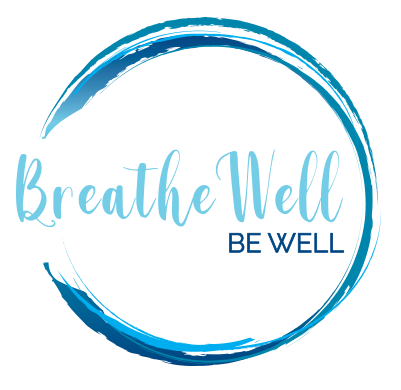
I love finding patterns. I love the overlap of different disciplines to better treat patients (also known as people). I love helping make connections between seemingly unrelated ideas, things, practices. It feels more like community to me. And that’s the framework that helped me come to create Functional Breathwork.
The three main components of Functional Breathwork are (1) Nasal Breathing; (2) Correct Oral Rest Posture; and (3) Diaphragmatic Breathing. After over a decade as a Speech-Language Pathologist, spending the past two years in Orofacial Myology and more recently as a Registered Yoga Teacher (RYT-200) and Functional Breathing Coach, I couldn’t help but begin to blend components of each to help heal others, as well as myself!
And while each of the three components could be a whole lesson in themselves, I’ll briefly review them below:
NASAL BREATHING
The majority of breathing should be done through the nose, which provides filtration of foreign particles including dust, allergens and pollen; humidifies inhaled air to warm and moisturize the air you breathe and produced nitric oxide (NO) which is a vasodilator that helps to widen blood vessels and can improve oxygenation of blood cells.
CORRECT ORAL REST POSTURE
Correct oral rest posture involves keeping the tongue lightly suctioned to the roof of the mouth, jaw unclenched, 1-2 mm between the upper and lower teeth and lips closed. By maintaining this position when the mouth is at rest (so when not eating, talking or drinking), the muscles can help maintain correct function needed and tongue remains out of the airway. This is especially important at night to help reduce airway obstruction, including snoring and sleep apnea.
DIAPHRAGMATIC BREATHING
Diaphragmatic breathing, sometimes referred to as belly breathing, allows for deeper and more complete breath cycles to occur. The diaphragm is a dome-shaped muscle located just below your lungs that when utilized can help draw more air into your lungs on inhales and more efficiently push air out on exhales. Diaphragmatic breathing can also include expanding your side ribs and engaging back ribs to help with deepening one’s breath.
We are all unique. What you need may not apply to me, nor even make sense to me! We need more tools, better language to help appeal to everyone. Yoga language may resonate with some but anatomical verbiage may appeal to others. What I hope to accomplish is to promote overall health through a foundation of improved breathing through addressing all components needed in the way that lands with you. Happy breathing!


 Live with intention. Move with gratitude. Breathe with purpose.
Live with intention. Move with gratitude. Breathe with purpose.

